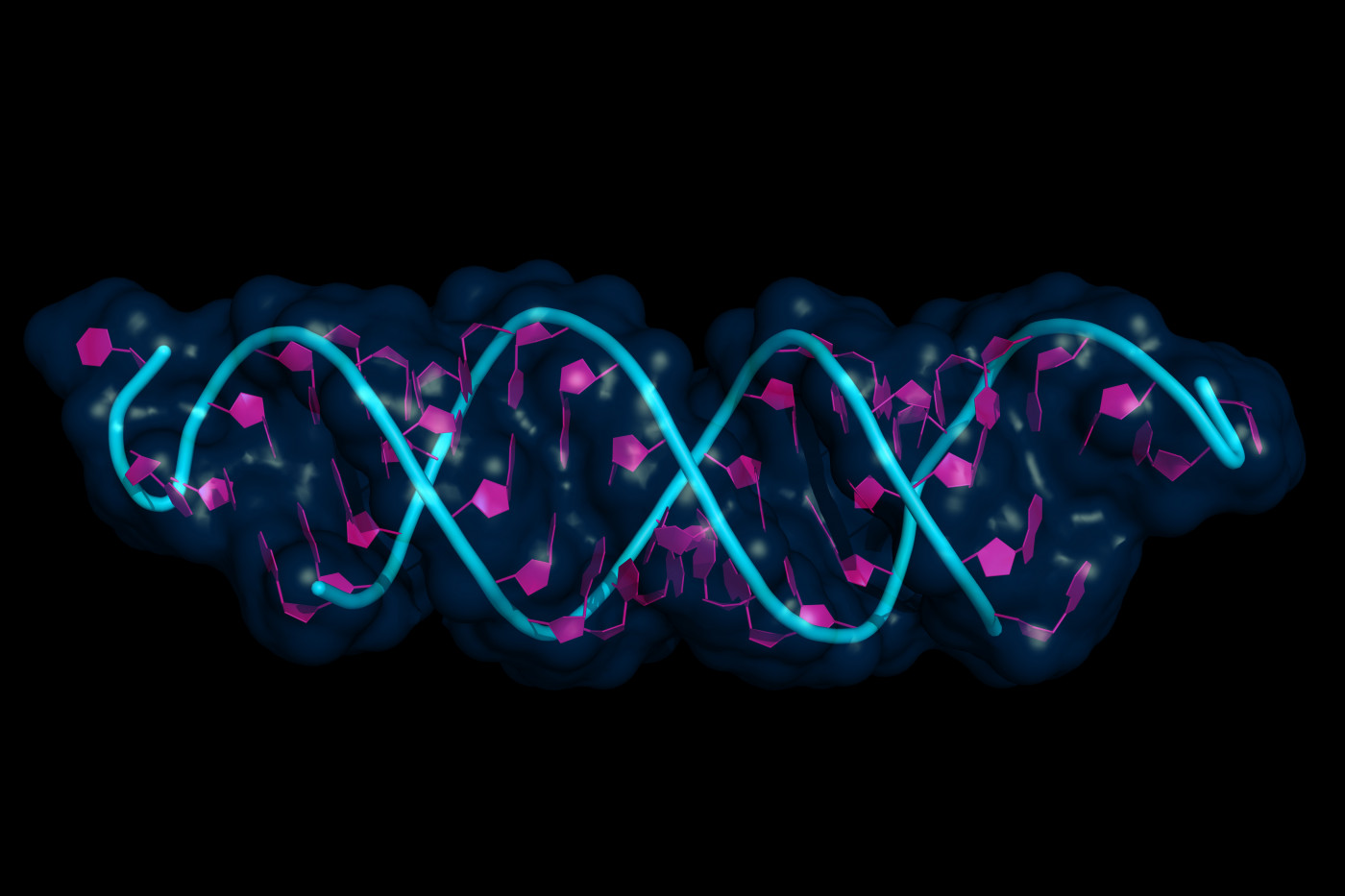Scientists Create New Method to Calculate Number of SMN1 Copies and Identify SMA Carriers

Scientists have created a new method to calculate the number of SMN1 gene copies present in individuals and identify possible spinal muscular atrophy (SMA) carriers — those who have only one copy of SMN1 and do not have the disease, but can still pass it to their children.
The new method, which is based on the analysis of quantitative polymerase chain reaction (a technique to measure the expression levels of genes, qPCR) data, is highly sensitive, specific, inexpensive, and easy to perform. According to the team, this new tool has the potential to advance genetic screening technology for SMA.
These findings come from the study “Carrier screening for spinal muscular atrophy with a simple test based on melting analysis,” which was published in the Journal of Human Genetics.
SMA comprises a group of neurodegenerative disorders characterized by the gradual loss of motor neurons — the nerve cells responsible for controlling voluntary muscles — in the spinal cord, leading to muscle weakness. It is normally caused by mutations in the SMN1 gene, which provides instructions for making the SMN protein that is essential for motor neuron survival.
In humans, there is a second gene similar to SMN1, called SMN2, that also can produce the SMN protein. SMN2 usually remains unaffected in SMA patients and is known to influence the course of the disease, depending on the number of copies present.
“Considering the potentially severe [symptoms] and the high prevalence of SMA, carrier screening programs (in either the pre-conception or prenatal period) are acknowledged to be beneficial, as they can provide reproductive options for carriers and prevent the birth defects,” researchers wrote.
Current SMA carriers’ identification relies on determining the number of SMN1 copies: non-carriers normally have two or more SMN1 copies, while carriers have only one functional copy.
Want to learn more about Spinal Muscular Atrophy? Ask your questions in our SMA forums.
In this study, a team of Chinese researchers described a new test to determine the number of SMN1 gene copies and reported the test outcomes from a group of individuals with different genetic backgrounds.
The test was based on the analysis of the melting profiles of qPCR primers used to amplify SMN1, SMN2 and CFTR, a gene that has two copies in all individuals and can be used as a control to calculate the number of copies of SMN1 and SMN2. Of note, a primer is a short genetic sequence that can be used as a template to drive the production of a larger sequence of a gene of interest, with the help of special enzymes called DNA polymerases.
After amplifying all three genes simultaneously and analyzing their amplification profile, scientists managed to calculate the number of SMN1 copies present in each sample. “Samples with one copy of SMN1 were considered as ‘high risk for carrier,’ while samples with [two or more copies] of SMN1 were considered as ‘low risk for carrier’,” researchers explained.
Investigators analyzed 215 samples gathered from individuals whose genetic background had been confirmed previously by multiplex ligation-dependent probe amplification (MLPA), a variation of the standard PCR technique that allows scientists to amplify several genes at the same time using the same primers.
From the 215 samples analyzed, 113 were classified as “high risk for carrier,” while 102 were classified as “low risk for carrier.” By comparing these results to those obtained by qPCR, researchers found that all SMN1 carriers were successfully identified with the new screening method.
However, three samples with two copies of SMN1 were misclassified as “high risk for carrier,” indicating the new screening method had a 97.1% specificity. The test was extremely reliable, showing high positive and negative predictive values (97.3% and 100%, respectively), and at the same time, in almost perfect agreement with the MLPA.
“MLPA is generally acknowledged as a gold standard for determining SMA carriers due to its high degree of precision for the quantification of SMN1 copy number. However, in addition to being highly sensitive and specific, an ideal screening method should also be high capacity, rapid, inexpensive, and easy to perform and automate,” researchers wrote.
“[The screening test we described here] was rapid (2 hours from DNA extraction to result export), inexpensive ($0.6/test), with high reproducibility and capacity, and easy to perform and automate. We expect this alternative test could advance carrier screening for SMA,” they concluded.







